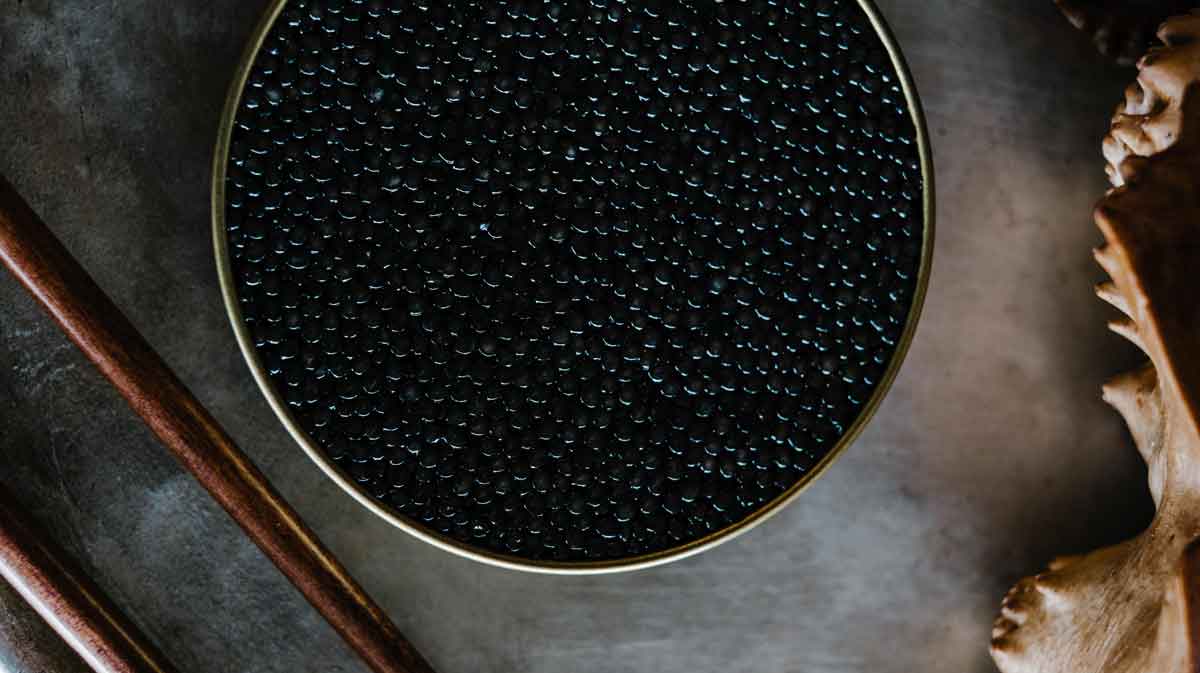
Do you know what caviar is, or have you only heard of it, as the song by Zeca Pagodinho goes? It’s like the Rolls Royce of high cuisine ingredients. Rob Report released a guide about this delicacy, with consulting by Ilya Panchernikov, the director of Caviar Russe, a specialized store and restaurant in the United States.
And we here at Desejo Luxo are going to tell you the best and most curious facts about this luxury ingredient.

1 – What is caviar?
They are unfertilized eggs of the sturgeon fish. There are other common types of roe, such as salmon roe, which goes on top of sushi. In other words, all caviar is roe, but not all roe is caviar. It is always spherical, and its color can vary from black to dark green. Its taste is delicate and not too salty – it doesn’t have much of a fish taste. Sometimes, it can taste like nuts and it is buttery.
2 – Where is caviar produced?
Until a few decades ago, it was found only in the Black Sea and the Caspian Sea. Nowadays, most of the world’s caviar is produced on farms in various places, from China to the Middle East and Africa.
3 – Is there a difference between wild and farmed?
The biggest difference lies in taste. A fish’s diet and environment contribute to the taste of caviar. A wild fish’s diet is obviously more varied and eclectic than that of a farmed one. Therefore, the wild one has a more complex and intense flavor. Meanwhile, farm-raised ones have a more consistent quality and uniform taste.
4 – How much does caviar cost?
Thanks to the increasing cultivation of the delicacy, its price has fallen significantly. A 28g pack of premium caviar costs an average of 100 dollars. In the Caviar Russe store, there are options ranging from 95 to 695 dollars per 28 grams.
5 – Where to store caviar so it doesn’t spoil?
You should keep it in the coldest part of your fridge. Generally on top, where the temperature is between 1 and 3 degrees Celsius.
6 – How long does it last in the fridge?
A sealed package can be stored in the fridge for 10 to 15 days. As it gets saltier over time, it’s better to eat it fresh.
7 – How to recognize good caviar (and bad)?
Over 20 years ago, acclaimed chef Daniel Boulud created a system to measure caviar quality, called the 3 Ts in English, for taste, texture, and tone: It should NOT be bitter or salty; the eggs should be firm enough to separate with your tongue in your mouth; and have a clean, bright color. Panchernikov adds that good caviar should not be overly salty and should have a rich, buttery taste, without leaving a lingering taste in your mouth. “It’s like oysters, if the taste is off it’s probably old or of poor quality,” he teaches.

